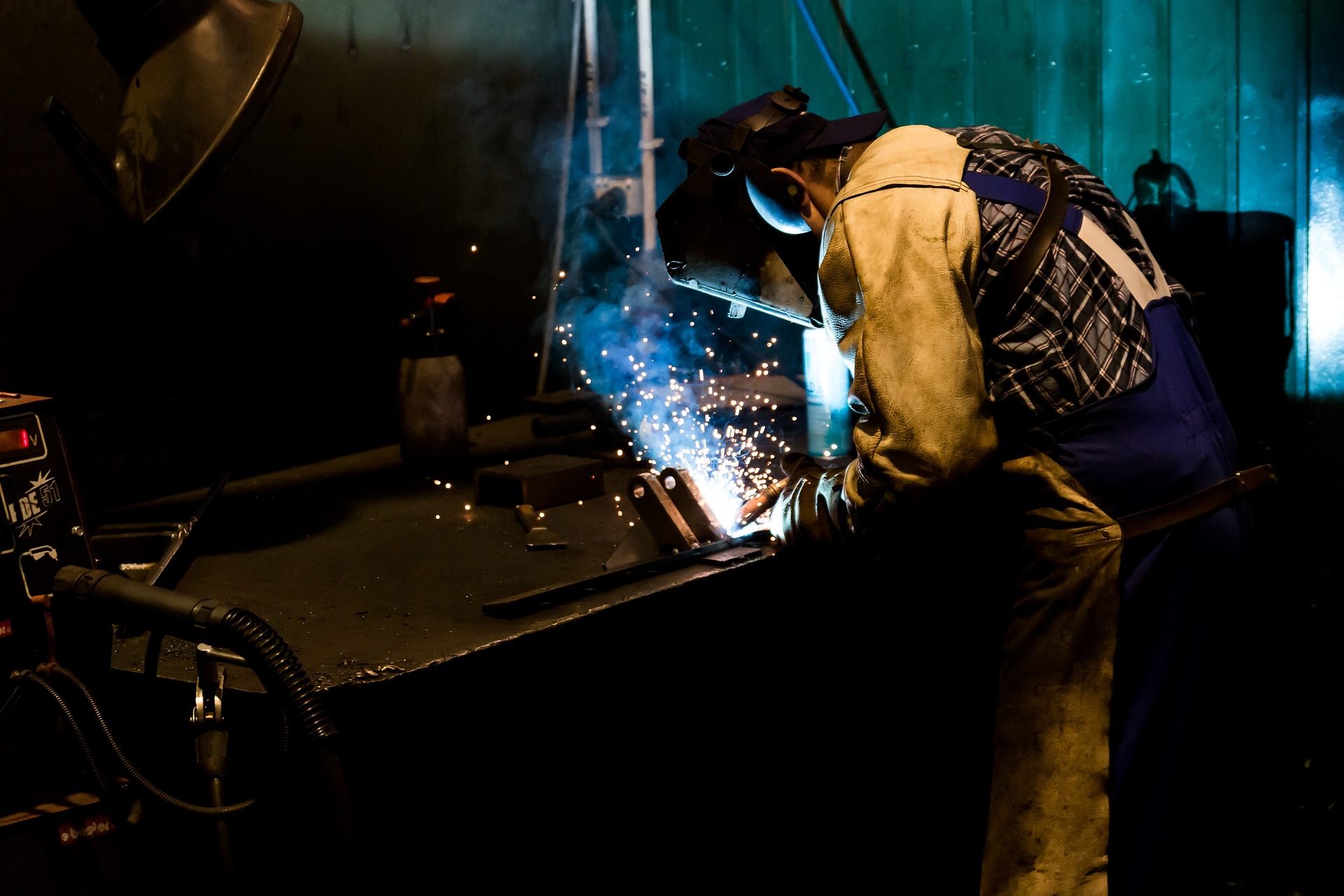The Essential Guide to Welding Machines: Types, Applications, and Safety
Welding machines are vital tools in various industries, from construction and manufacturing to automotive repair and artistic metalwork. These devices use heat to join metal pieces, creating strong and durable bonds. Understanding the different types of welding machines, their applications, and safety considerations is crucial for anyone involved in or interested in welding.

-
Resistance Welding Machines: These rely on electrical resistance and pressure to join metals. Spot welders are a common example used in automotive manufacturing.
-
Oxy-Fuel Welding Machines: These use a combination of oxygen and fuel gas to create a flame hot enough to melt metal.
-
Laser Welding Machines: These utilize a high-powered laser beam to melt and fuse metals, often used in precision applications.
-
Plasma Arc Welding Machines: These create a plasma arc to achieve high-temperature, high-precision welds.
How do you choose the right welding machine for your project?
Selecting the appropriate welding machine depends on several factors:
-
Material type and thickness: Different metals and thicknesses require specific welding techniques and machines.
-
Project scale: Small DIY projects may only need a basic arc welder, while industrial applications might require more specialized equipment.
-
Power source: Consider whether you need a machine that runs on standard household power or requires a more robust power supply.
-
Portability: If you need to weld in various locations, a portable machine might be essential.
-
Skill level: Some welding machines are more user-friendly for beginners, while others require more experience to operate effectively.
-
Budget: Welding machines range from affordable entry-level models to high-end professional equipment.
What are the key safety considerations when using welding machines?
Welding can be dangerous if proper safety precautions are not taken. Key safety considerations include:
-
Personal Protective Equipment (PPE): Always wear appropriate PPE, including a welding helmet, flame-resistant clothing, gloves, and safety boots.
-
Ventilation: Ensure proper ventilation to avoid inhaling harmful fumes and gases produced during welding.
-
Fire safety: Keep a fire extinguisher nearby and remove flammable materials from the welding area.
-
Electrical safety: Regularly inspect equipment for damage and ensure proper grounding to prevent electrical shocks.
-
Eye protection: Use the correct shade of lens in your welding helmet to protect your eyes from the intense light and UV radiation produced during welding.
-
Training: Proper training is essential for safe and effective welding. Consider taking classes or working with an experienced welder before attempting projects on your own.
What are the most common applications for welding machines?
Welding machines are used across a wide range of industries and applications:
-
Construction: Welding is crucial in building structures, bridges, and pipelines.
-
Manufacturing: Many products, from automobiles to appliances, require welding during production.
-
Aerospace: Precision welding is essential in aircraft and spacecraft construction.
-
Shipbuilding: Large-scale welding is used extensively in the construction and repair of ships and boats.
-
Art and sculpture: Artists use welding to create metal sculptures and installations.
-
Automotive repair: Welding is often necessary for repairing vehicle frames and body panels.
-
Maintenance and repair: Many industries use welding for equipment repair and maintenance.
How can you maintain and care for your welding machine?
Proper maintenance of your welding machine is essential for its longevity and performance:
-
Regular cleaning: Remove dust, debris, and spatter from the machine and its components.
-
Cable inspection: Regularly check welding cables for wear or damage and replace them as needed.
-
Consumable replacement: Replace consumable parts like contact tips and nozzles when they show signs of wear.
-
Coolant maintenance: For water-cooled machines, regularly check and replace coolant as recommended by the manufacturer.
-
Calibration: Periodically calibrate your machine to ensure accurate performance.
-
Storage: Store your welding machine in a dry, clean environment to prevent rust and damage.
-
Professional servicing: Have your machine serviced by a professional at recommended intervals or if you notice any issues.
Welding machines are indispensable tools in many industries, offering the ability to join metals with strength and precision. By understanding the different types of welding machines, their applications, and the importance of safety and maintenance, you can make informed decisions about which machine is right for your needs and how to use it effectively. Whether you’re a professional welder or a DIY enthusiast, proper knowledge and care of your welding machine will ensure quality results and a long-lasting tool.






